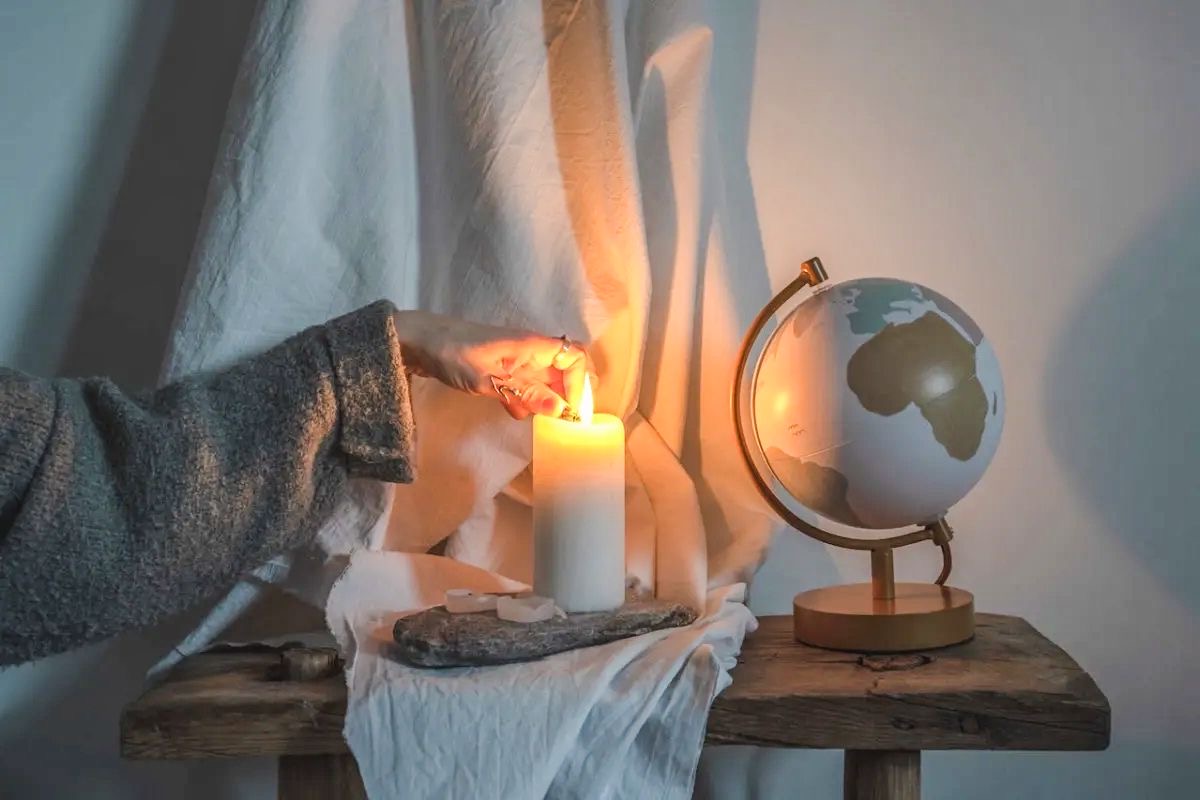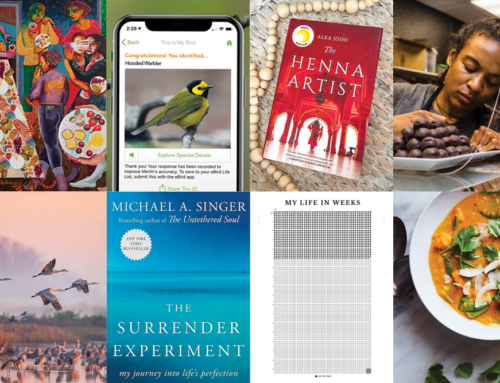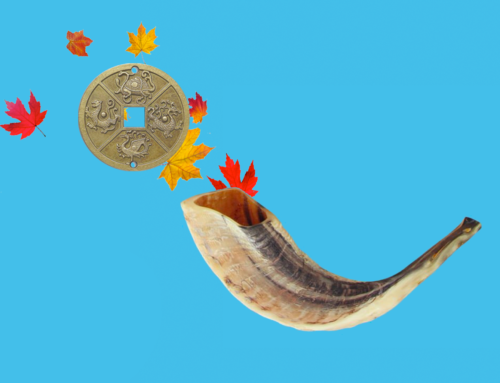Photo by Marina Leonova from Pexels
What is the Winter Solstice?
The winter solstice marks the perfect time for celebration, reflection, and self-care. For those of us in the Northern Hemisphere, this is the day when the Earth’s axis tilts the furthest away from the sun, creating the shortest day and longest night of the year. While the solstice marks the start of winter, it also signals the beginning of more light ahead.
The Winter Solstice in Traditional Chinese Medicine
During the winter solstice, Yin will be at its peak. This is the time of year in which Yin’s aspects of darkness, inactivity, and coldness are strongest. While Yin peaks, the spark of Yang returns, bringing its energy of light, activity and warmth. Accordingly, many cultures honor the darkness and celebrate the coming light.

To ancient Taoists, the mysterious blend of Yin and Yang at the exact moment of the solstice signifies a transitional time – a chance for new ideas and creational energy, and a time for conception. Another perspective offers that as the seeds of Yang germinate in the stillness of Yin, the possibility of new creation and rebirth grows.
According to TCM, be mindful of the following during this time of year:
Nourishment. The physical body absorbs nutrients best in the winter. Therefore, eat nourishing foods, such as bone broth soups with healing herbs, soups and stews, shrimp, walnuts, black beans and kidney beans, and warming spices like cinnamon and ginger.
Rest. During this time of extreme yin, characterized by short days and long nights, nature reminds us to adjust our sleep accordingly. Align with the seasonal energy by going to bed earlier and waking later.
Preservation. Set boundaries in your social life, put yourself first and take care of your own well-being. Get acupuncture to help restore balance, tend to dis-ease, and foster rest and relaxation. Clear toxicity from your personal space with decluttering and cleaning.
Introspection. Look inward to find your potential, overcome fears and recognize the opportunity for hope and renewal.
How the Winter Solstice is Celebrated
People around the world have celebrated the winter solstice for ages. In fact, Neolithic monuments (Stonehenge, et al.) point to our ancestors observing the winter solstice as early as 10,200 BC. No matter its beginning, different cultures worldwide celebrate this special day in different ways. For example….
The Hopi Indians of northern Arizona celebrate Soyal, a day of ceremonies and rituals including purification, dancing, storytelling, and sometimes gift-giving.
The ancient Persian festival Yalda, or Shab-e Yalda, in Iran is viewed as the victory of light over dark, and the birthday of the sun god Mithra.
The ancient Roman festival of Saturnalia celebrates the end of planting season with games, feasts and gift-giving.
And all over Asia, Dongzhi (“winter’s arrival”) is celebrated, a festival so important that there’s an old saying that “Dongzhi is more important than Chinese New Year.” Throughout Chinese history, the solstice celebrated the philosophical ideology of Yin/Yang, the end-of-harvest and the start of a new year. The festival was big – its popularity, rituals and celebration akin to Lunar New Year today. Though still very important, modern observance of Dongzhi is more subdued. Today, families get together, celebrate the outgoing year and eat special foods like tang yuan (glutinous rice balls), dumplings, sticky rice, and more.
How to Celebrate at Home
While there are many ways to celebrate the winter solstice, here are some easy rituals to consider on this auspicious day.
- Try a pagan yule candle tradition (a tradition with European roots) by creating an altar with items that bring you joy and peace, and surround it with candles. Light the candles to symbolize the sun’s ability to give us both life and light.
- Wake up early on winter solstice day to watch the sun rise. With your eyes closed, feel the sun’s warmth on your face. Observe how the sun lights up everything around you. Bring a journal and write down any thoughts.
- Cook a traditional winter feast with warming and nourishing foods.
- Draw a winter solstice bath, adding citrus essential oils to symbolize the energy of the sun.
- Gather with friends and loved ones around a fire. Reflect on the year that has passed and the year ahead, with emphasis on letting go what no longer serves and welcoming in new possibilities and opportunities.
- Create your own ritual and circumstance to help birth new ideas.
- Take time to appreciate the natural world, in whatever way that feels meaningful for you.
However you celebrate, don’t forget that this is the time of year to take the most care – be good to yourself, eat nourishing and warm foods, get plenty of rest, and allow for moments of relaxation and introspection. And if it begins to feel like the cold, dark winter is too much, remember that more light and new beginnings are just ahead.
Sources:
Chan, Yannie. “Why Do HKers Say Winter Solstice Is More Important than Chinese New Year?” The Loop HK
Editors, History.com. “Winter Solstice.” HISTORY.
Higgins, Courtney Jay. “What Is Winter Solstice, And How Can We Celebrate?” The Good Trade.
Leung, Judy. “The Dongzhi Festival: Traditions & Foods.” The Woks of Life.
Mao, Janice. “Winter Solstice: The Ultimate Yin.” Double Happiness Health.
Wen, Bennebel. “The Winter Solstice, Traditional Chinese Medicine, and a Time for Repose.” North Atlantic Books.
“Winter Soltice: Yin Meets Yang.” Good Point Acupuncture.





